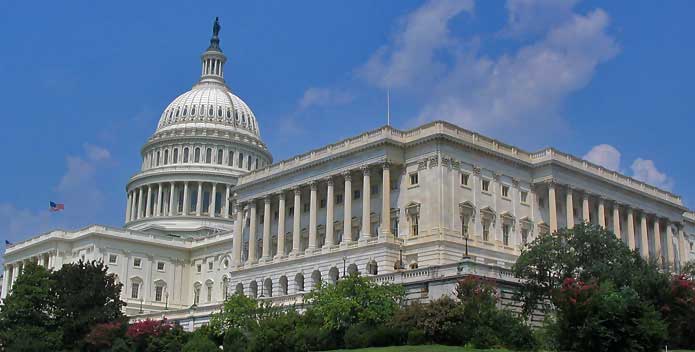Since 1983, the Environmental Protection Agency’s Chesapeake Bay Program has been an important partner in restoring the health and productivity of the Chesapeake Bay, alongside the six watershed states and the District of Columbia. The Program has proven to be successful, bipartisan, and well-regarded. Its research and funding are critical to the success of the Chesapeake Bay Watershed Agreement and the Chesapeake Clean Water Blueprint.
What Does the Chesapeake Bay Program Do?
The Chesapeake Bay Program is the heart of a partnership of federal, state, and local government agencies, academic institutions, and non-profit organizations all working to restore the Bay. It coordinates scientific research on the health of the Bay and provides matching grants that drive local investment in reducing pollution and improving the water quality of local rivers and streams. These efforts are a critical part of Bay restoration programs that restore crab and oyster populations, rebuild wetlands, allow Bay grasses to thrive, improve stream health, and shrink the Bay’s dead zones.
Bay Program Funding Helps Drive Essential Conservation at the Local Level
Federal funding for the Chesapeake Bay Program is essential for the Bay states and D.C. to meet their commitments under the Blueprint. Nearly two-thirds of all funding for the EPA Chesapeake Bay Program is directed to state and local governments and non-governmental groups for on-the-ground restoration activities.
- State Implementation Grants: Each year, the EPA directly provides state and local governments in the watershed with critical funds to help them implement restoration programs and policies to meet their clean-up targets under the Chesapeake Clean Water Blueprint.
- Innovative Nutrient and Sediment Reduction Grants: These grants support projects, such as installing streamside buffers, that reduce nutrient and sediment pollution to the Bay. Grants also support regional collaboration to identify innovative solutions to managing nutrient and sediment pollution and technical assistance to help landowners develop conservation plans for their property.
- Small Watershed Grants: These grants support projects that promote community-based efforts to protect the natural resources of the Bay and its rivers and streams. These grants result in measurable improvements to local stream health and habitat and the overall water quality of the Chesapeake Bay.
Ensuring the Success of the Chesapeake Clean Water Blueprint
As the 2025 deadline for reaching pollution reduction targets quickly approaches, funding for the Chesapeake Bay Program has never been more important.
It is critical that the Chesapeake Bay Program has the resources necessary to support the scientific collaboration, on-the-ground restoration, and technical assistance required to fully implement the Chesapeake Clean Water Blueprint commitments.
CBF advocates for Congressional support and robust annual funding for the Chesapeake Bay Program. Join us in this advocacy.
Learn more about the work of the EPA’s Chesapeake Bay Program:
- Five Reasons Why the Chesapeake Bay Program is Critical to Saving the Bay
- CBF finds putting the pollution diet in place provide annual benefits worth 129.7B
- U.S. Army Corps of Engineers study outlines economic benefits of watershed restoration
- Chesapeake Bay Restoration: Background and Issues for Congress




